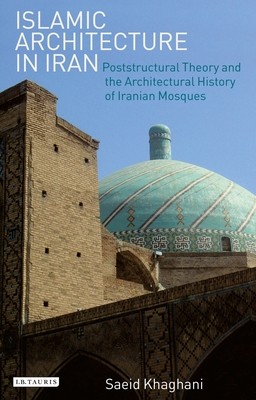
- We will send in 10–14 business days.
- Author: Saeid Khaghani
- Publisher: I. B. Tauris & Company
- ISBN-10: 1788310454
- ISBN-13: 9781788310451
- Format: 13.7 x 21.3 x 2.3 cm, softcover
- Language: English
- SAVE -10% with code: EXTRA
Reviews
Description
The architecture of the Islamic world is predominantly considered in terms of a dual division between 'tradition' and 'modernity' - a division which, Saeid Khaghani here argues, has shaped and limited the narrative applied to this architecture. Khaghani introduces and reconsiders the mosques of eighth- to fifteenth-century Iran in terms of poststructural theory and developments in historiography in order to develop a brand new dialectical framework. Using the examples of mosques such as the Friday Mosques in Isfahan and Yazd as well as the Imam mosque in Isfahan, Khaghani presents a new way of thinking about and discussing Islamic architecture, making this valuable reading for all interested in the study of the art, architecture and material culture of the Islamic world.
EXTRA 10 % discount with code: EXTRA
The promotion ends in 18d.12:12:38
The discount code is valid when purchasing from 10 €. Discounts do not stack.
- Author: Saeid Khaghani
- Publisher: I. B. Tauris & Company
- ISBN-10: 1788310454
- ISBN-13: 9781788310451
- Format: 13.7 x 21.3 x 2.3 cm, softcover
- Language: English English
The architecture of the Islamic world is predominantly considered in terms of a dual division between 'tradition' and 'modernity' - a division which, Saeid Khaghani here argues, has shaped and limited the narrative applied to this architecture. Khaghani introduces and reconsiders the mosques of eighth- to fifteenth-century Iran in terms of poststructural theory and developments in historiography in order to develop a brand new dialectical framework. Using the examples of mosques such as the Friday Mosques in Isfahan and Yazd as well as the Imam mosque in Isfahan, Khaghani presents a new way of thinking about and discussing Islamic architecture, making this valuable reading for all interested in the study of the art, architecture and material culture of the Islamic world.


Reviews